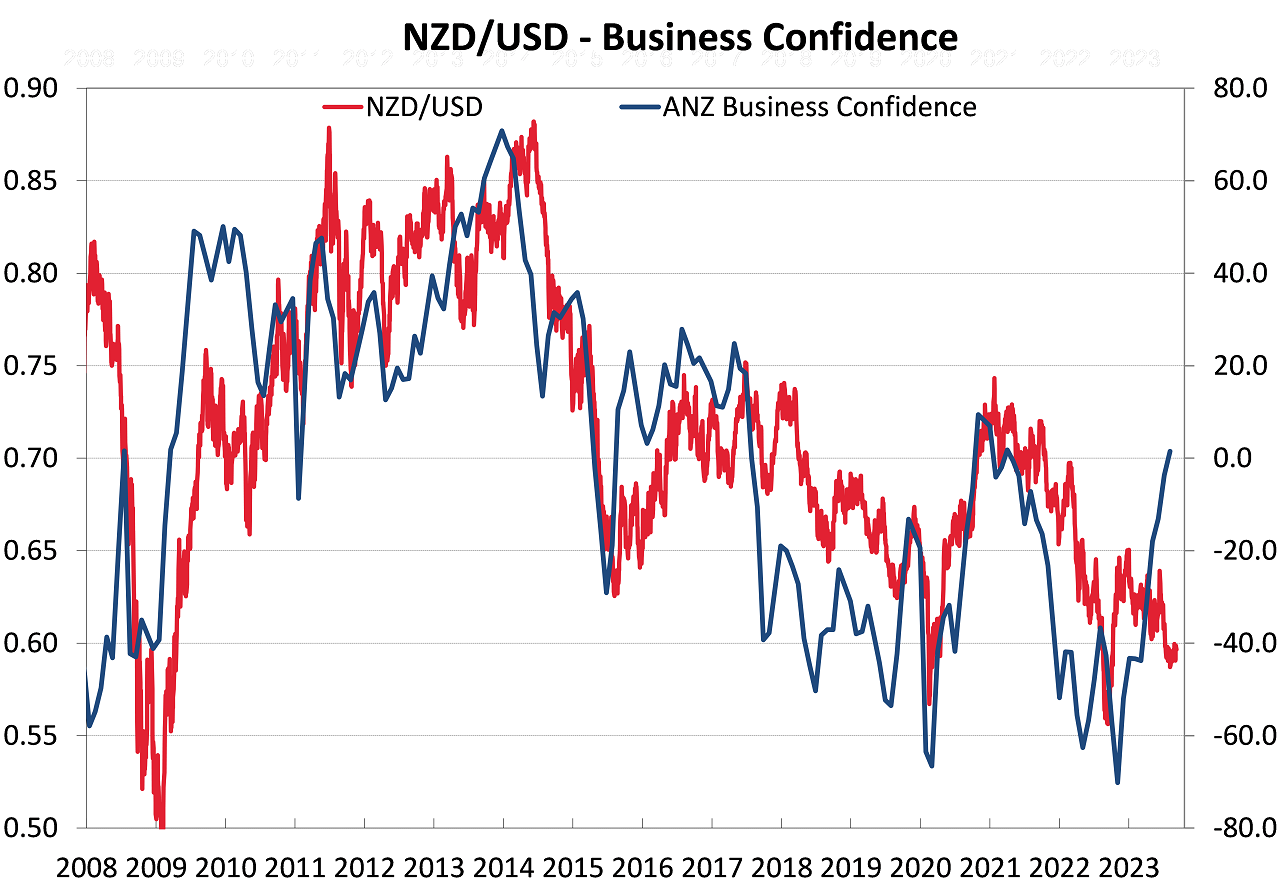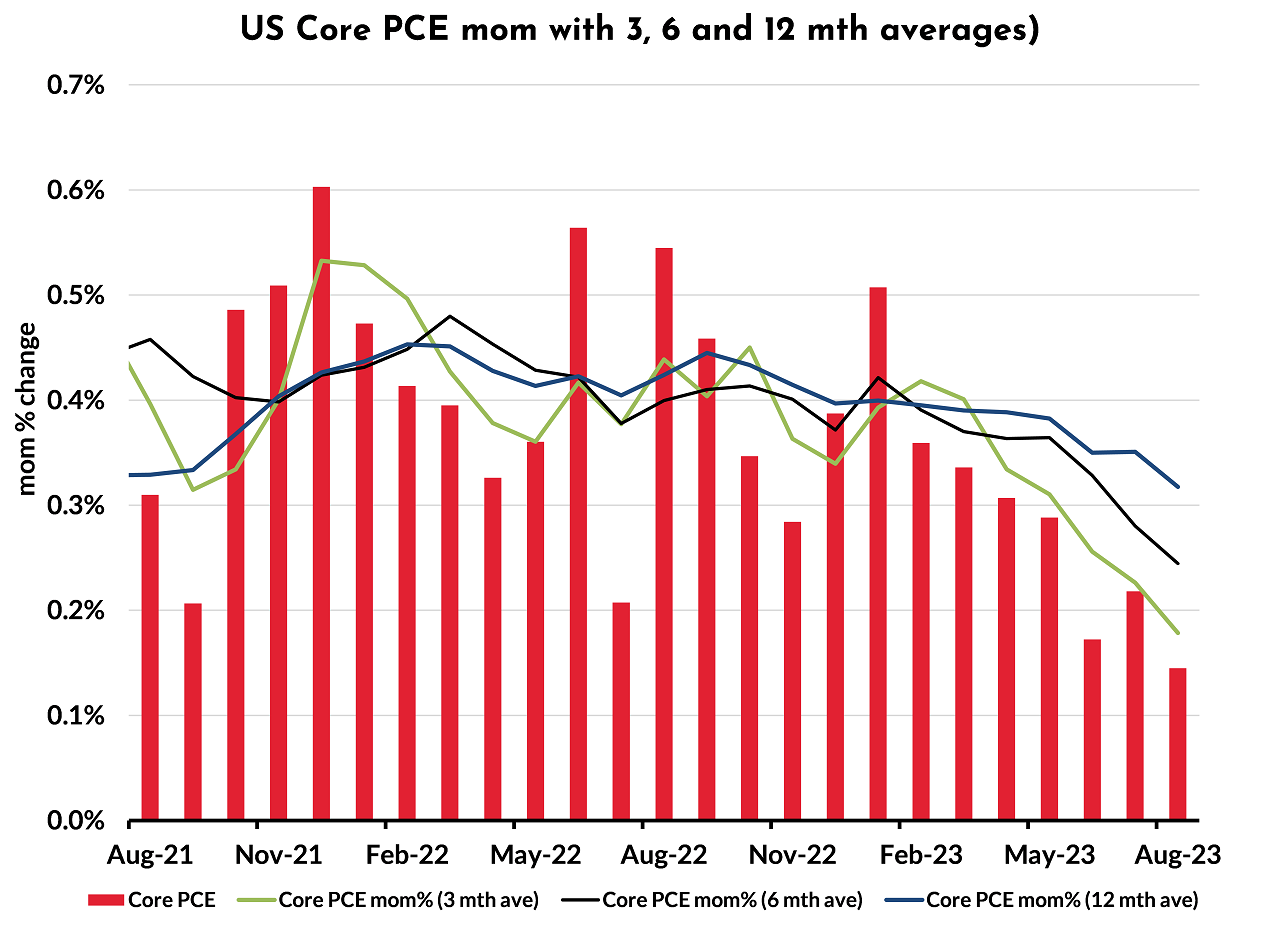
Summary of key points: -
- What the election result means for the NZ dollar value
- Are the markets themselves tightening US monetary conditions too far?
What the election result means for the NZ dollar value
A change of government in New Zealand was widely expected by the financial and investment markets in the lead-up to weekend’s General Election, and the New Zealand public has clearly voted for change.
Whilst special votes are still to be counted (which could change some electorate outcomes), the National Party have reliance on the fact that they will win the Port Waikato electorate by-election on 25 November to secure a majority in Parliament together with the ACT Party. The global media headlines are that Christopher Luxon will lead a National/ACT coalition government with a mandate for decisive action and change. A local media headline states that Mr Luxon’s first job will be to “restore confidence” and then build on that to get the economy growing again.
It looks like the business community were already anticipating a change in Government with the monthly ANZ business confidence survey shooting up from a very negative -70 level a few months back to near zero in last month’s result. It would be a long bow to state the business confidence solely drives the NZ dollar value, however the connection in the chart below cannot be ignored. Investor confidence (both local and international) does follow business confidence, therefore policy initiatives from the new Government should attract inwards capital and portfolio investors. These flows will be positive for the Kiwi dollar in its own right; however, it will also need a weaker US dollar on the global stage to return the NZD/USD rate to the mid to high 0.6000’s.

The next signpost for the Kiwi dollar will however be economic, not political, with the release of the September quarter’s CPI inflation numbers on Tuesday 17th October. Forecasts are for a 2.00% increase over the quarter, leaving the annual inflation increase at 5.90%, just a smidgeon below the current 6.00% level. Many pundits were convinced that New Zealand’s inflation peaked months ago and was steadily declining. The September quarter outcome will be a reminder that we still have “sticky high” wage push inflation that is not easy to reduce. New Zealand’s interest rates will certainly need to be “higher for longer” in 2024. In stark contrast to the US, where reducing inflation will eventually convince the interest rate markets and the Fed that they will see cuts to interest rate in 2024.
If that interest rate differential scenario for 2024 plays out as anticipated, it allows a stronger NZ dollar in an environment of a weaker US dollar globally.
Are the markets themselves tightening US monetary conditions too far?
After displaying some resilience in trading between 0.5880 and 0.6050 over recent weeks, the Kiwi dollar has been set back on its heels over recent days with marginally higher than forecast US inflation stimulating another wave of US dollar buying in the forex markets. The NZD/USD rate is back from above 0.6000 to the bottom-end of its trading range at 0.5880 as the USD Currency Index has reversed back upwards again from 105.50 mid-week to 106.45 today. It certainly tells you just how schizophrenic the financial markets are about the risk of rising inflation re-emerging in the US when the market reaction to the CPI headline inflation increase for the month of September at +0.40% (forecast +0.30%) was interest rates and the USD substantially higher. The “core” measure of inflation (which excludes food/energy prices and which the Fed focus on) was bang on prior forecasts at +0.30%, reducing the annual core rate of inflation from 4.30% to 4.10%. Overall, core inflation in the US continues to trend downwards, however the markets are reacting as if it has reversed sharply upwards! There appears to be some weird stuff going on in the US inflation statistics with 70% of the increase in September being due to a reversal back up in housing rents. That result is completely at odds to rents steadily declining over recent months on the big slow-moving averages and 12-month lag of how rents/lease levels are calculated.
There is certainly no evidence that supply constraints or excessive consumer demand is driving inflation back up again in the US economy. Wages growth also continues to slow, so it is difficult to see where the both the markets and Fed members are coming from in expecting “higher interest rates for longer” in 2024 to push inflation down. However, that is the expectation that is now being priced into the higher bond yields and a higher US dollar value today. The markets are perhaps reflecting the risk that it will be much harder to reduce inflation rate from 4.00% to 2.00%, than what it was to pull it back from 9.00% to 4.00%. Unfortunately, no-one seems to produce the analysis that dissects the inflation index into its component parts and highlights exactly what prices will be increasing over the next 12 months that holds inflation at 4.00% and prevents it falling to 2.00%.
What is becoming apparent is that a growing list of Fed voting members on the FOMC monetary policy committee (there are 11 of them,) are finally and very slowly concluding that monetary conditions are now tight enough and further interest rate hikes are not needed. The sharply higher market 10-year bond yields from 3.75% in July to a high of 4.80% last week (now 4.61%) have by themselves tightened monetary conditions in the US economy as new mortgage interest rates jump up to almost 8.00% and that puts an almighty stop on new home building activity.
The question ahead for the 12 Fed voting members (the Fed has 19 members in total, but only 12 vote on monetary policy) is therefore, at what point in 2024 do they contemplate cutting interest rates from the current 5.50%, as inflation is steady at 2.00% to 3.00% and not moving back up to 4.00%? Upcoming employment and inflation data will provide the answers to that question. In addition, the tone of the regular speeches from the 12 voting members of the Fed will provide another insight into their future position. We heard from many of these Fed members last week and what should be monitored is a shift in their positions on the strength of the economy, inflation risks and monetary conditions.
Currently, the 12-voting member are classified into three camps of dovish (no more rate hikes), moderates (could be swayed either way) and hawkish (more rate hikes needed): -
Doves: Goolsbee and Harker (2).
Moderates: Williams, Cook, Powell, Jefferson, Barr, Kashkari, Kugler and Logan (8).
Hawks: Waller and Bowman (2).
What is interesting for next year is that two recognised “doves” Raphael Bostic and Mary Daly both become voting members in 2024 and they will tip the balance to interest rate cuts at some stage if inflation stays down at 2.00%.
Whilst the Fed member may differ on future economic/monetary conditions, none of them can deny the current strong trend downwards in the PCE (preferred by the Fed) measure of inflation (refer chart below).

The September core PCE inflation figures are released on Friday 27 October and another low +0.10% or +0.20% result is forecast. Twelve consecutive months of 0.10% and 0.20% monthly increases calculates to the Fed easily achieving their 2.00% annual inflation target.
At the end of day, if the US economy expands by 3.00% or 4.00% in 2024 some renewed upward pressure could be expected on to their inflation rate. However, no-one is forecasting GDP growth anywhere near that level, therefore the risk that inflation increases again next year seems to be significantly over-rated by both the Fed members and the markets.
Daily exchange rates
Select chart tabs
*Roger J Kerr is Executive Chairman of Barrington Treasury Services NZ Limited. He has written commentaries on the NZ dollar since 1981.
4 Comments
"These flows will be positive for the Kiwi dollar in its own right; however, it will also need a weaker US dollar on the global stage to return the NZD/USD rate to the mid to high 0.6000’s."
Right, so after claiming that Labour is one of the main reasons the NZ$ isn't performing better, now that National are back in, if it doesn't improve it's down to US$ strength. How convenient.




We welcome your comments below. If you are not already registered, please register to comment.
Remember we welcome robust, respectful and insightful debate. We don't welcome abusive or defamatory comments and will de-register those repeatedly making such comments. Our current comment policy is here.